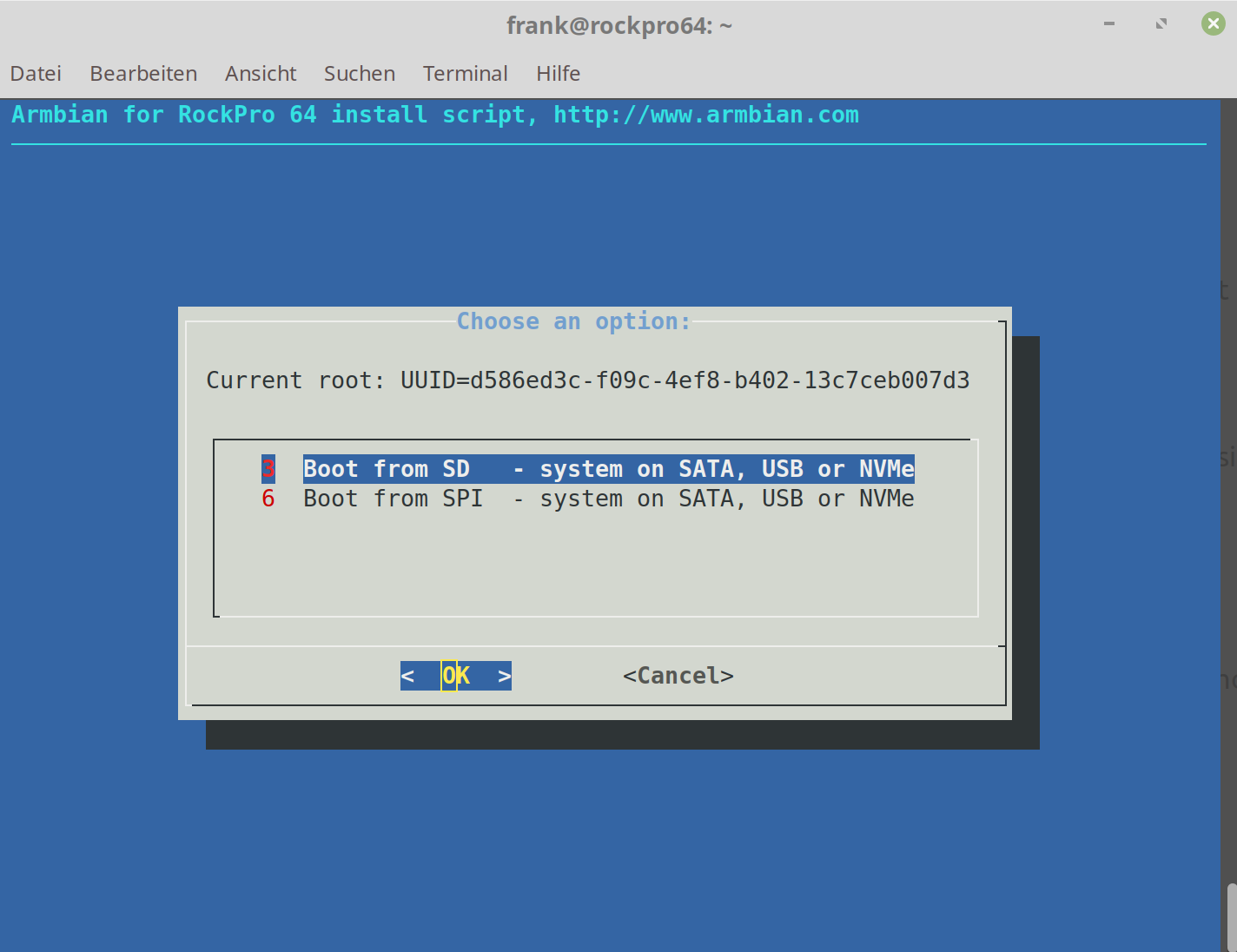Heute das Ganze mal mit einer Samsung 860 Pro mit 256GB. Eingesetztes Filesystem ext4
rock64@rockpro64v2_1:/mnt$ uname -a
Linux rockpro64v2_1 4.4.132-1077-rockchip-ayufan-gbaf35a9343cb #1 SMP Mon Jul 30 14:06:57 UTC 2018 aarch64 aarch64 aarch64 GNU/Linux
Speedtest
rock64@rockpro64v2_1:/mnt$ sudo iozone -e -I -a -s 100M -r 4k -r 16k -r 512k -r 1024k -r 16384k -i 0 -i 1 -i 2
Iozone: Performance Test of File I/O
Version $Revision: 3.429 $
Compiled for 64 bit mode.
Build: linux
Contributors:William Norcott, Don Capps, Isom Crawford, Kirby Collins
Al Slater, Scott Rhine, Mike Wisner, Ken Goss
Steve Landherr, Brad Smith, Mark Kelly, Dr. Alain CYR,
Randy Dunlap, Mark Montague, Dan Million, Gavin Brebner,
Jean-Marc Zucconi, Jeff Blomberg, Benny Halevy, Dave Boone,
Erik Habbinga, Kris Strecker, Walter Wong, Joshua Root,
Fabrice Bacchella, Zhenghua Xue, Qin Li, Darren Sawyer,
Vangel Bojaxhi, Ben England, Vikentsi Lapa.
Run began: Tue Jul 31 14:27:17 2018
Include fsync in write timing
O_DIRECT feature enabled
Auto Mode
File size set to 102400 kB
Record Size 4 kB
Record Size 16 kB
Record Size 512 kB
Record Size 1024 kB
Record Size 16384 kB
Command line used: iozone -e -I -a -s 100M -r 4k -r 16k -r 512k -r 1024k -r 16384k -i 0 -i 1 -i 2
Output is in kBytes/sec
Time Resolution = 0.000001 seconds.
Processor cache size set to 1024 kBytes.
Processor cache line size set to 32 bytes.
File stride size set to 17 * record size.
random random bkwd record stride
kB reclen write rewrite read reread read write read rewrite read fwrite frewrite fread freread
102400 4 17896 23350 30390 31362 21611 14611
102400 16 56756 59180 86296 93819 51778 57327
102400 512 201347 221961 220840 222338 210887 230781
102400 1024 253752 273695 263884 266256 250153 273528
102400 16384 351112 356007 366417 372264 368721 356177
iozone test complete.
DD
Schreiben
rock64@rockpro64v2_1:/mnt$ sudo dd if=/dev/zero of=sd.img bs=1M count=4096 conv=fdatasync
4096+0 records in
4096+0 records out
4294967296 bytes (4.3 GB, 4.0 GiB) copied, 12.8358 s, 335 MB/s
Lesen
rock64@rockpro64v2_1:/mnt$ sudo dd if=sd.img of=/dev/null bs=1M count=4096
4096+0 records in
4096+0 records out
4294967296 bytes (4.3 GB, 4.0 GiB) copied, 11.4787 s, 374 MB/s
Fazit
Damit scheint der Adapter ganz gut am USB3.0 zu funktionieren. Die Schreibgeschwindigkeit ist ca. dreimal höher als mit der anderen SSD.





